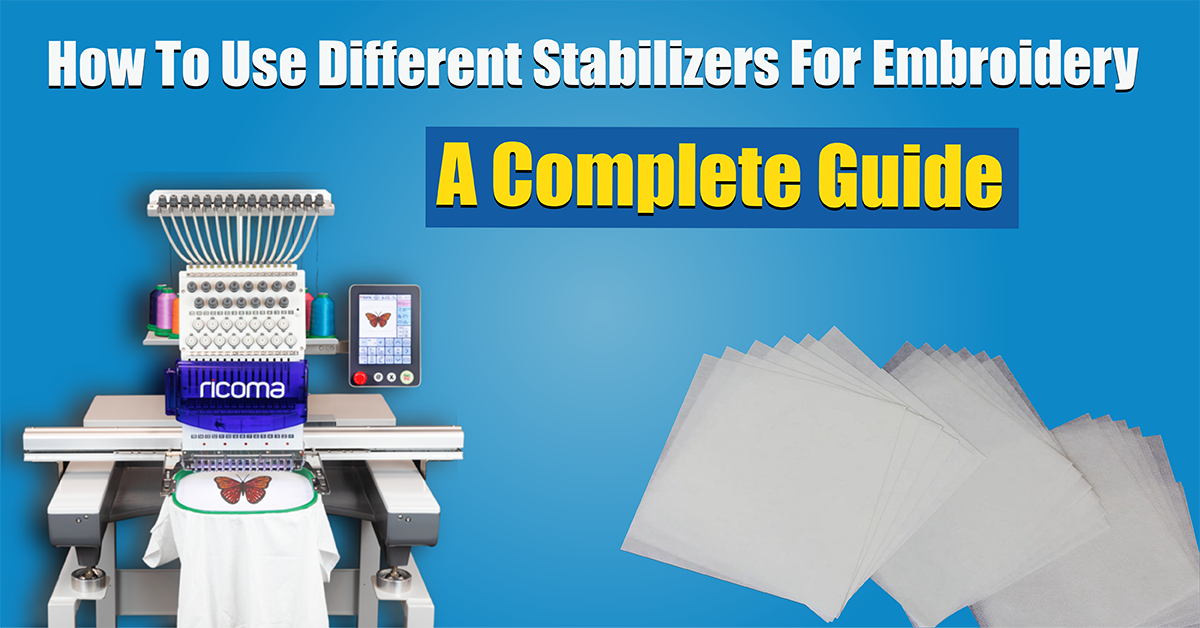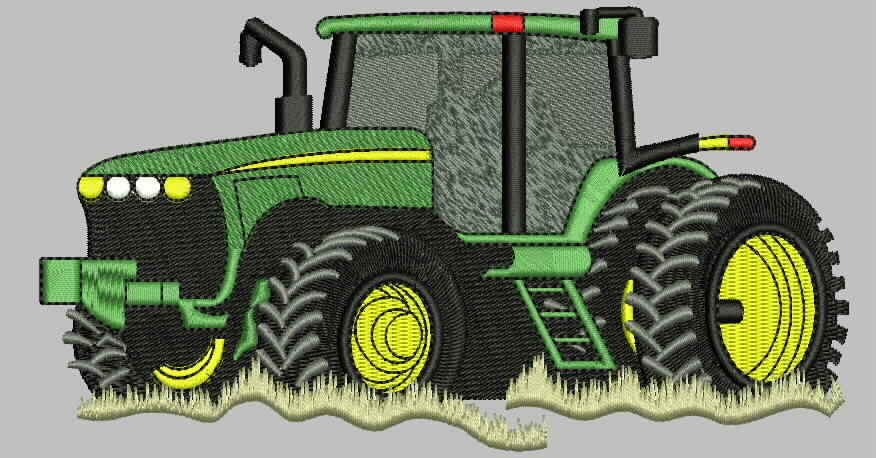
How to Use Different Stabilizers for Embroidery
Stabilizers in embroidery: Why they’re Important
You need more than just the right thread and fabric to make a good embroidery design. The stabilizer is often overlooked, but it’s crucial. They keep your embroidery smooth, taut, and free of puckering. Learning how to use different stabilizers for embroidery can make a big difference in the outcome of your work, whether you’re just starting out or refining. Using stabilizers to get professional results will be explored in this guide.
Stabilizer Types and Uses
1. Stabilizers that tear away
Weaved fabrics benefit from tear-away stabilizers. After you’re done embroidery, you can simply tear them away to remove them. For towels, napkins, and linens, the back of the fabric is visible, so they’re perfect.
Suitable for woven fabrics (e.g., cotton, linen).
Stabilizer goes underneath the fabric before stitching. Then tear away the excess around the edges after you’re done.
2. Stabilizers you can cut away
Embroidery stabilizers that are cut-away offer robust support for stretchy or delicate fabrics. Stabilizers like these are great for garments that will get washed often, as they help keep the design looking good.
For knits, t-shirts, and stretchy clothes.
Use: Hoop the stabilizer with the fabric, complete your design, and trim the excess stabilizer away from the stitching.
3. Stabilizers that are water-soluble
Water-soluble stabilizers are perfect for projects where no trace of stabilizer should remain. Stabilizers like these dissolve completely in water, so they’re perfect for lace, sheer fabrics, and invisible projects.
For: Sheer fabrics, lace designs, or fabrics where you don’t want leftover stabilizer.
You hoop the water-soluble stabilizer with your fabric. When you’re done embroidery, rinse the fabric in water to dissolve the stabilizer.
How to Choose the Right Stabilizer
There are several things to consider when choosing a stabilizer, including the fabric type, the design complexity, and what you’re going to use it for.
1. The type of fabric
Fabrics that are stable and non-stretchy work best with tear-away stabilizers.
Knits and stretchy fabrics love stabilizers that cut away.
On sheers, lace, and specialty fabrics where the stabilizer must disappear after stitching, use water-soluble stabilizers.
2. Density of design
If your design is heavy or intricate, you’ll want cut-away stabilizers to give it strong, permanent support.
You can use water-soluble or tear-away stabilizers for lighter designs.
3. How the project will be used
Think about how you’re going to use your project. Wearable items like t-shirts or garments that get washed a lot should use a cut-away stabilizer. A water-soluble stabilizer is the best choice if you’re making a decorative item.
How to Get the Best Results
1. Hooping properly
Make sure both the fabric and stabilizer are hooped tightly and evenly for smooth embroidery. When there’s any slack, wrinkles or shifting can happen during embroidery.
2. Run the tests
Test your stabilizer on a scrap piece of fabric before you start your final project. Ensure your design stitches out correctly by making necessary adjustments.
3. Stabilizer layering
Multiple stabilizers may be needed for tricky fabrics or intricate designs. You can get the best results for your project by combining different stabilizers.
The Right Stabilizers Will Elevate Your Embroidery
For better quality and durability, learn how to use different stabilizers for embroidery. Whether you’re working with stable fabrics, stretchy knits, or delicate lace, choosing the right stabilizer ensures smooth, durable, and professional embroidery. By practicing and using the right techniques, you’ll be able to make embroidery projects that look amazing.
 315-215-0681
315-215-0681







